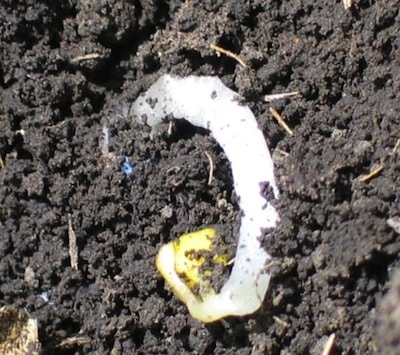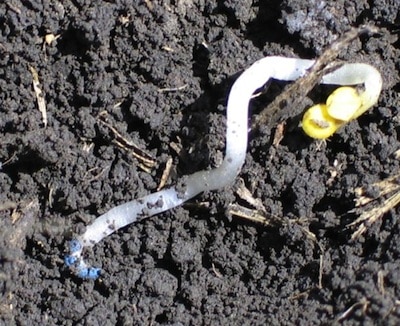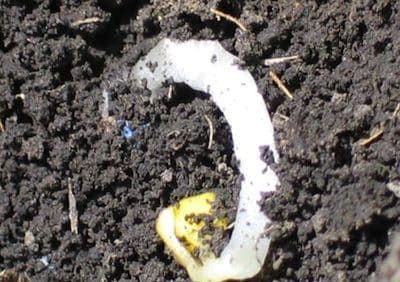

Rains can help to mellow soils that had crusted after a couple weeks of dry conditions, but the damage may have already been done. When scouting in fields with poor emergence, dig down and look for the plants — especially in fields known to be crust-prone. The photos show what canola seedlings look like when they come up against an impenetrable crust. Some of these may turn back skyward again, but many others will die.

